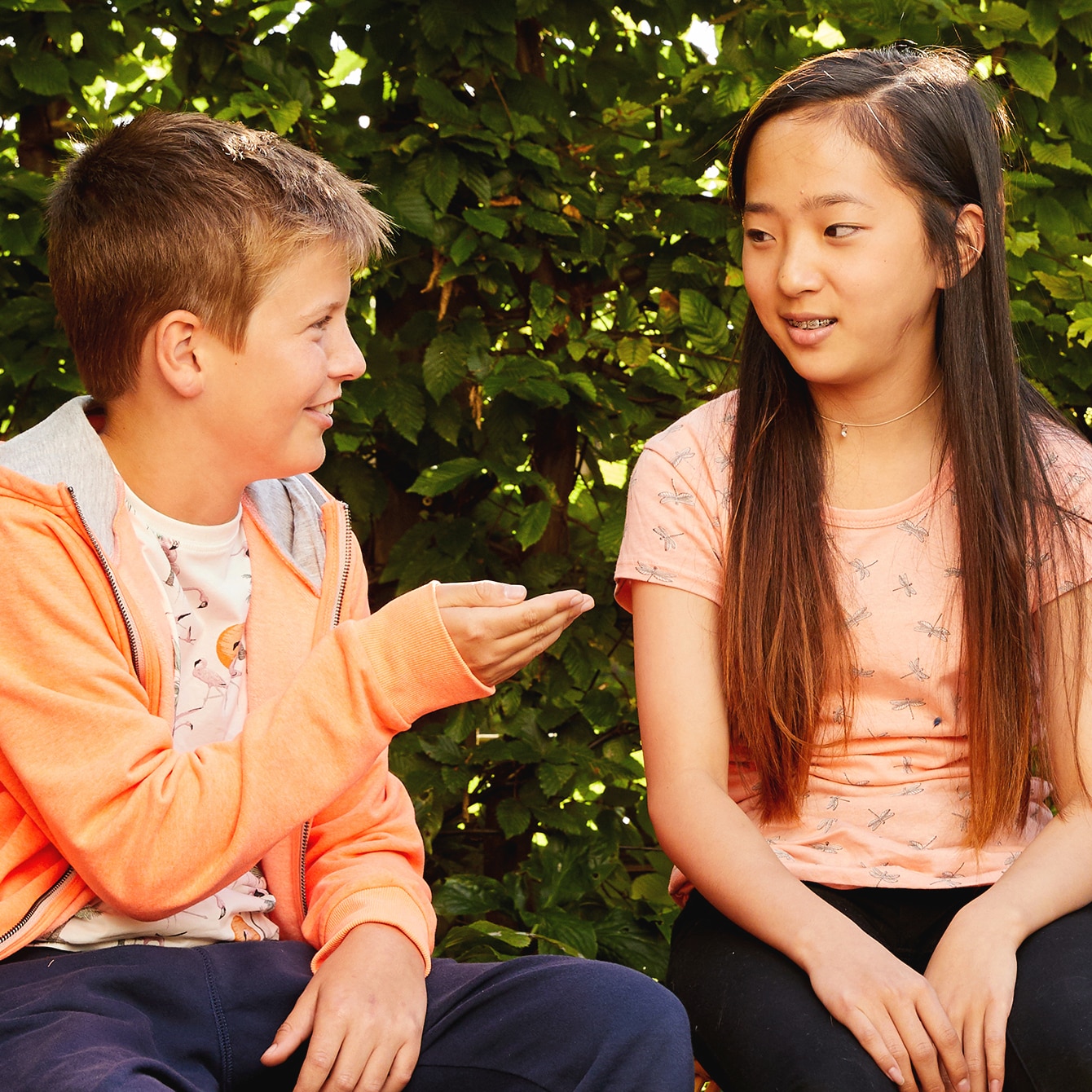New technology has made it easier for bullies to reach their victims. If you think your child is being affected, use our action checklist for advice on how to support and protect your child from cyberbullying.
What is cyberbullying?
If your child has a smartphone or gaming console, uses social networking sites or instant messenger programs, or simply has their own email address, they could become the target of a cyberbully. This might mean they receive abusive emails, texts, or comments on Facebook – or that images or videos of them are circulated online without their consent.

Cyberbullying facts
Cyberbullying is on the rise. Since January 2009, the UK charity Family Lives 🔗 has seen calls to its bullying helpline increase by 13%, while calls specifically about cyberbullying have soared by 77%. Appearance is a common catalyst for cyberbullying attacks – and girls experience it twice as much as boys, according to “The protection of children online: a brief scoping review to identify vulnerable groups,” 🔗 published by the Child Wellbeing Research Center.
Cyberbullies often focus on looks
Many forms of cyberbullying focus on how young people’s clothes, hair, and body look in the pictures and videos they post online. Being the target of persistent teasing about their appearance can have a detrimental impact on a young person’s self-esteem. If it starts to impact your child’s life choices – from the clothes they wear to the pictures they’re willing to share – then take action.
Tackling cyberbullying
Talk with your child about the situation, decide on actions to resolve the problem together, and help develop online behavior to protect them from cyberbullies. Much of their life will be conducted online or via their smartphone, so developing protective strategies to deal with online criticism or bullying is important for lifelong self-esteem.






